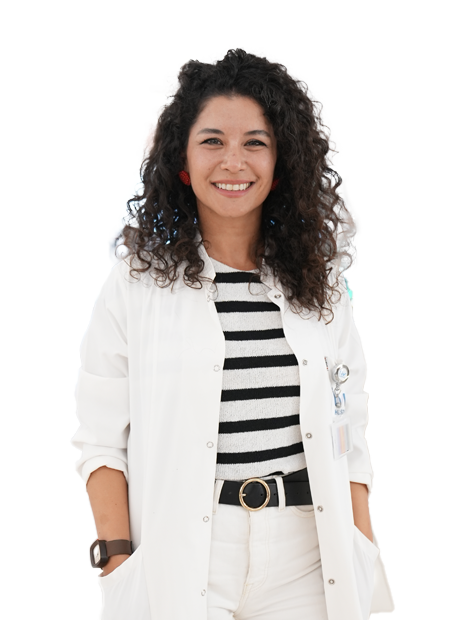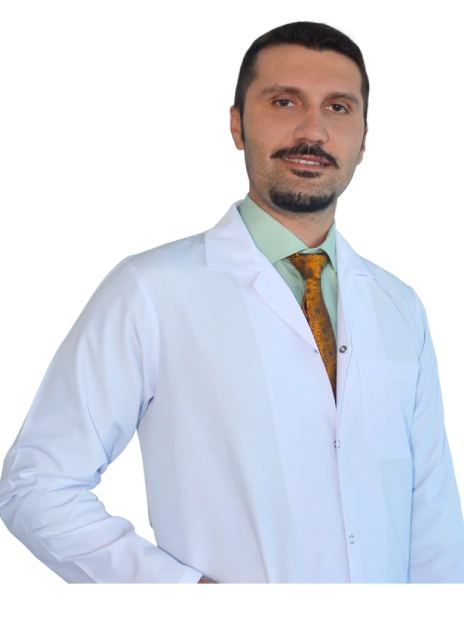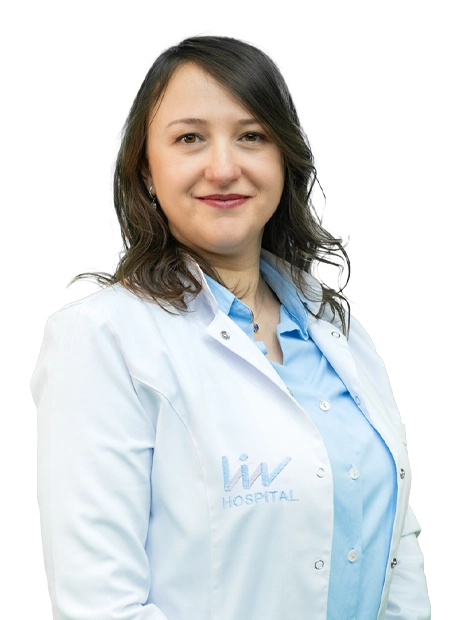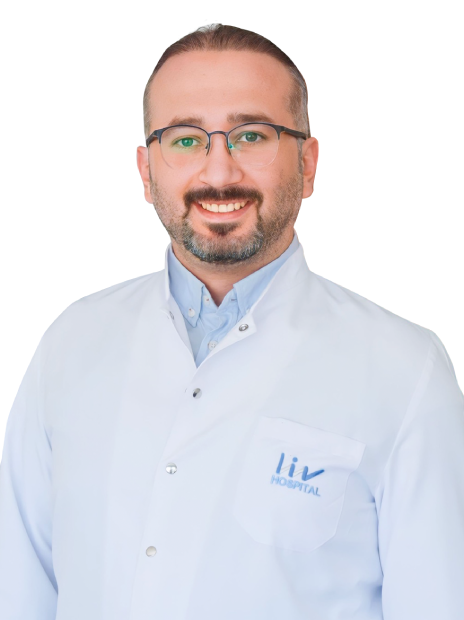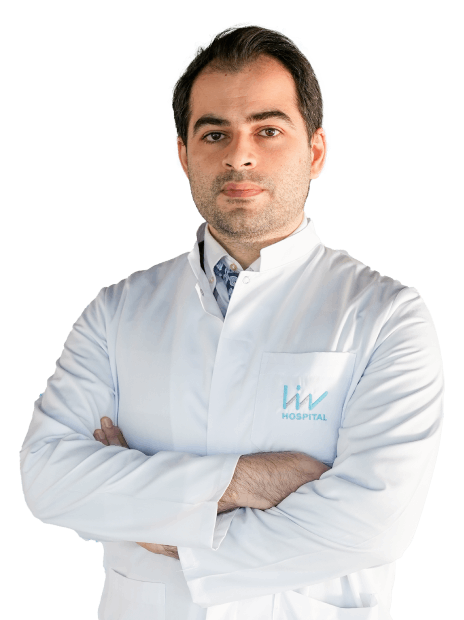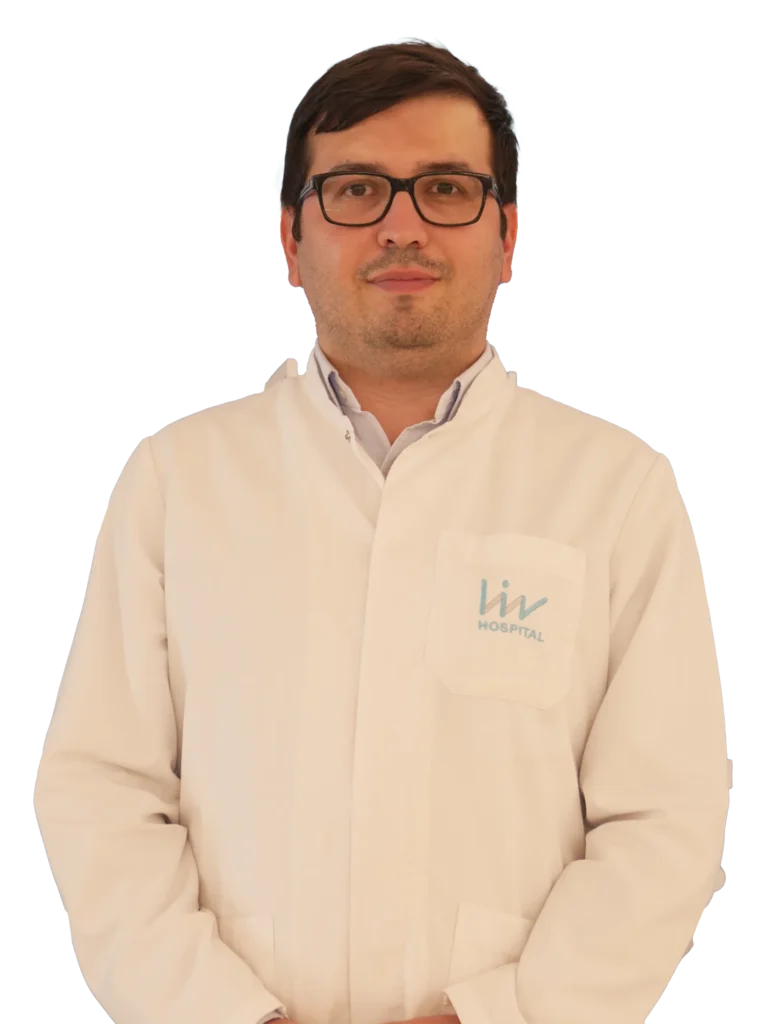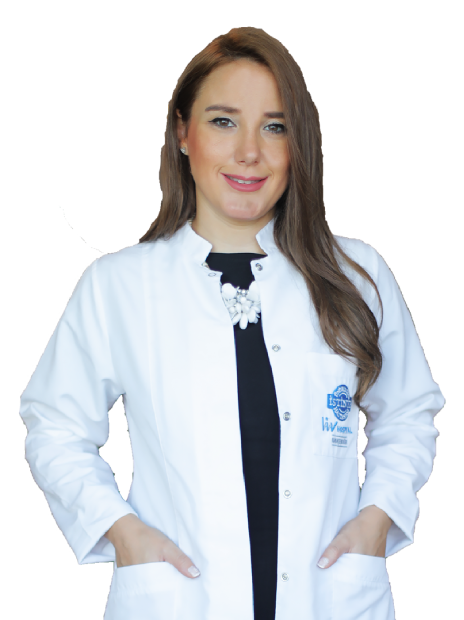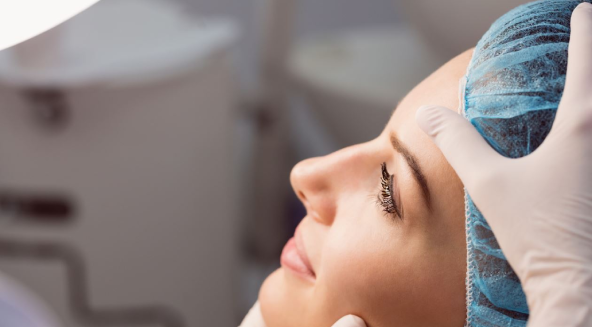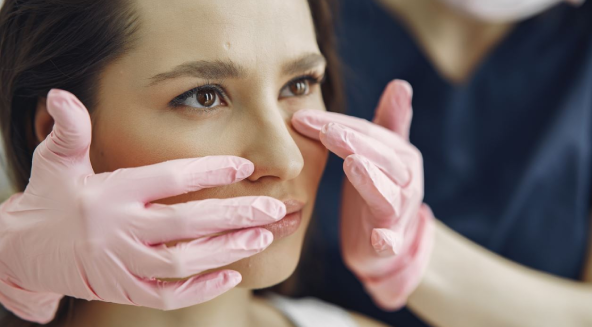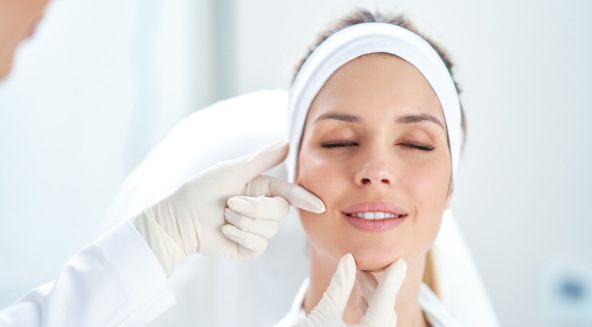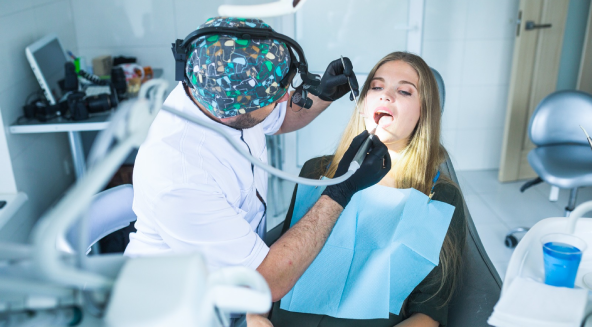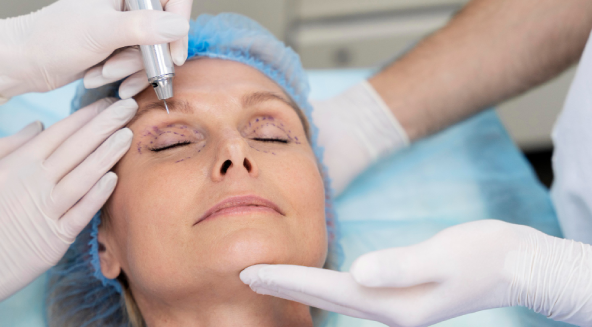What is Plastic, Reconstructive and Aesthetic Surgery
Plastic, Reconstructive and Aesthetic Surgery focuses on creating natural results that suit your life by emphasizing balance, proportion, and confidence. If you are thinking about face, breast, or body procedures, Plastic, Reconstructive and Aesthetic Surgery offers a clear, step bystep plan to help you understand your options, set recovery expectations, and keep safety first.
Rather than chasing trends, the aim of Plastic, Reconstructive and Aesthetic Surgery is to make realistic changes by highlighting what you already like about your features and gently improving areas you want to change.
This involves making careful incisions in natural creases, respecting your unique anatomy, and following a recovery plan so you know what to expect with swelling, scars, and activity. This guide explains the most common procedures, shows how reconstructive techniques can improve appearance, and gives tips to help you protect and maintain your results over time.

Getting natural looking results begins before surgery. During your consultation at the Liv Hospital Plastic, Reconstructive and Aesthetic Surgery Clinic, the care team reviews your medical history, medications, and lifestyle to make a plan tailored to you. Imaging and photos help map your facial angles or body proportions, and open conversations set priorities about what matters most, what can wait, and how to schedule treatments.
When your goals match what is safely possible, you are more likely to feel satisfied and less stressed. With a clear plan, you will know what to expect for downtime, where scars may be, and how to care for yourself after Plastic, Reconstructive and Aesthetic Surgery, so you can track your progress from start to finish.
Plastic, Reconstructive and Aesthetic Surgery: Natural Results and Safety
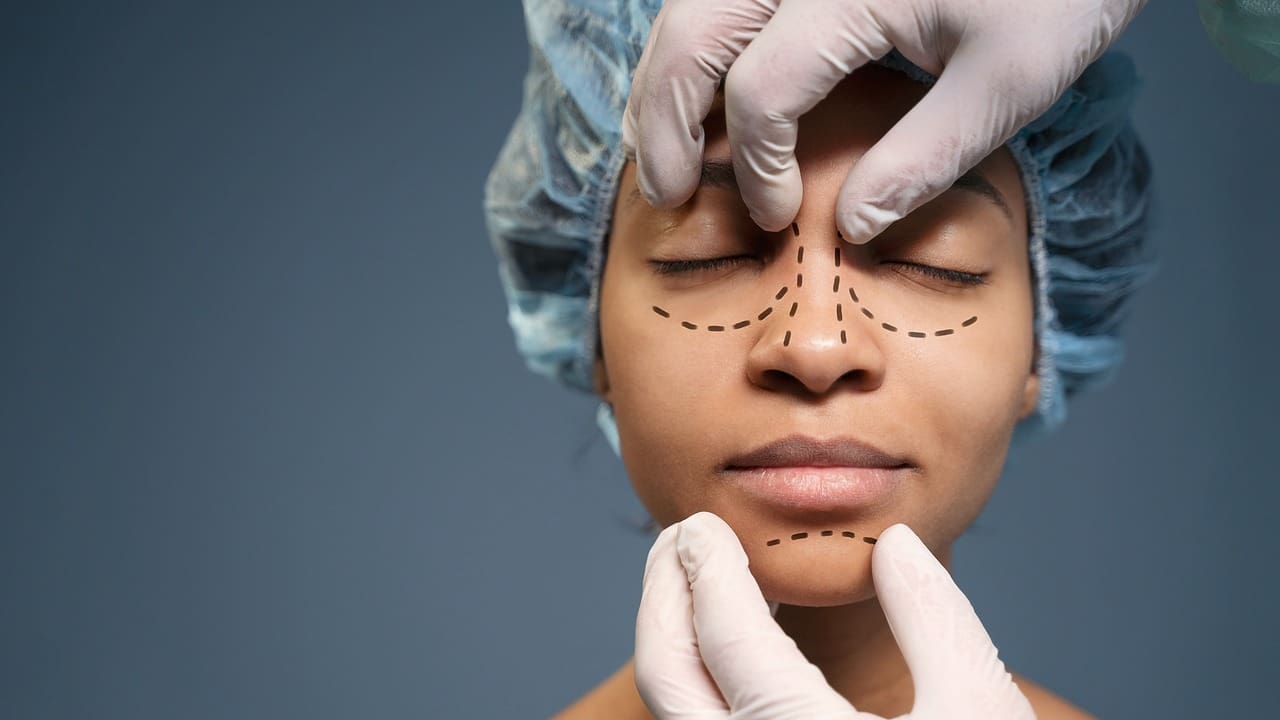
Plastic, Reconstructive and Aesthetic Surgery for Men: Discreet, Durable Outcomes
Many men want a more defined look without it being obvious that they had surgery. Common goals include a cleaner neck, a stronger jawline, a nose that looks balanced from every angle, and brighter eyes that still look natural. Reconstructive needs may involve repairing scars or closing wounds after skin cancer treatment, using the same principles: hiding scars, matching skin texture and color, and preserving natural hair patterns. Planning takes into account beard growth, thicker skin in some areas, and the hairline. Recovery focuses on reducing swelling, using low profile dressings, and slowly returning to exercise and work.
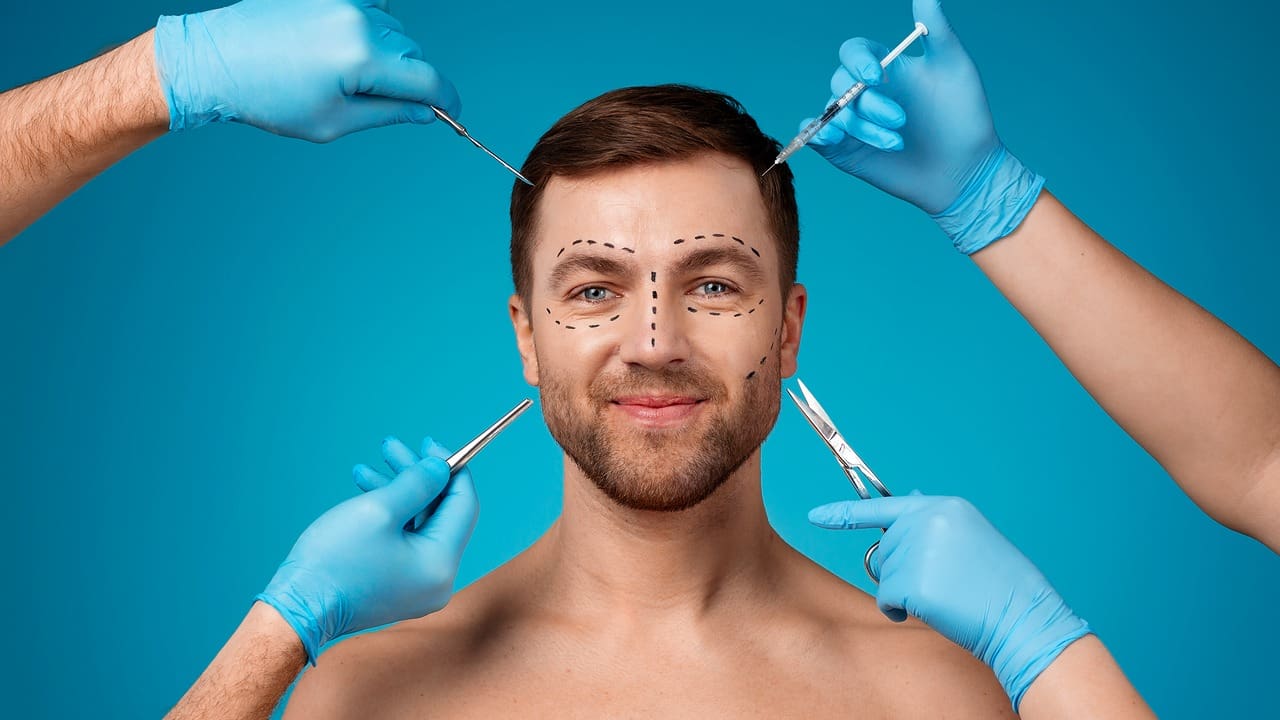
Combining certain procedures can make the most of a single recovery period. For example, upper eyelid surgery can be done with a conservative brow lift, or a limited neck lift can be paired with precise liposuction under the jaw. The goal is to improve your features, not change who you are. When results fit naturally into your daily life and people simply notice you look well rested, you know the plan worked.
Facial Plastic, Reconstructive and Aesthetic Surgery: From Rhinoplasty to Facelift
- Rhinoplasty adjusts the bridge, tip, and angles of the nose in both profile and three quarter views. It also takes airflow into account to keep breathing comfortable or even improve it.
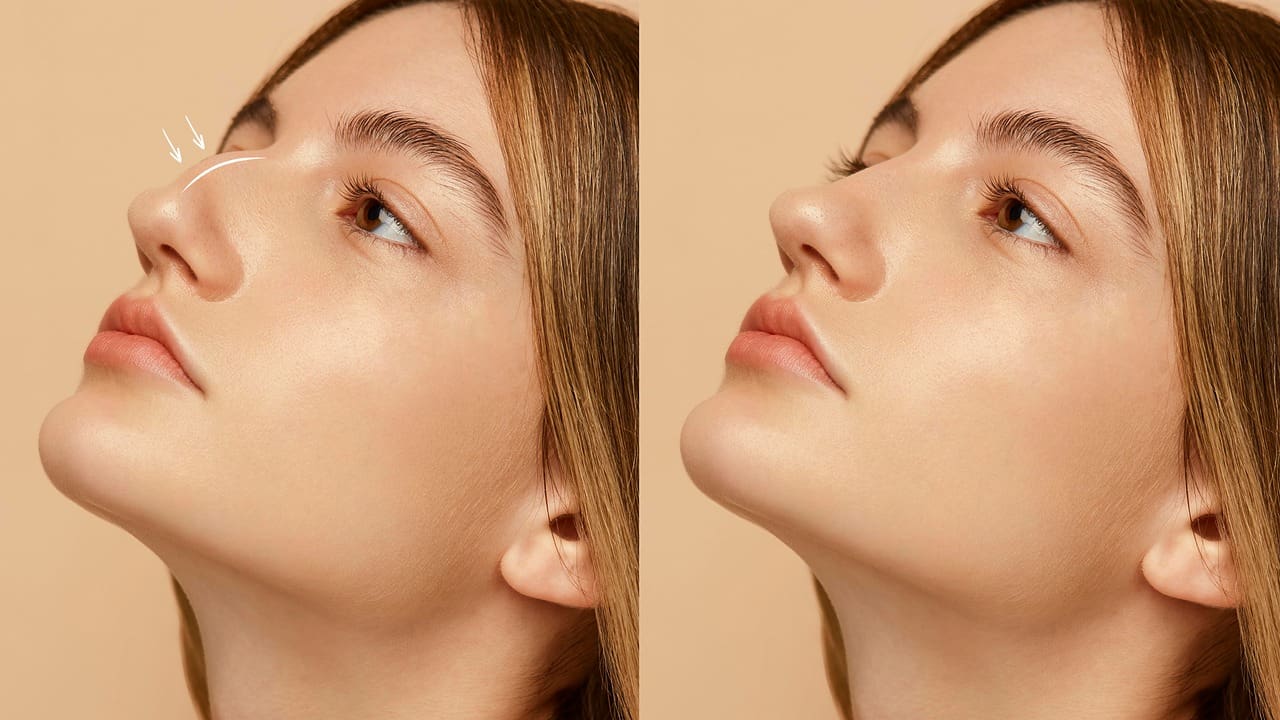
- Blepharoplasty addresses extra skin on the upper eyelids or under eye bags and shadows. It often includes moving fat to create a smooth transition between the eyelid and cheek.
- Facelift and neck lift procedures do more than just tighten the skin. They also move deeper tissues to soften jowls, bring back cheek contours, and refine the neck for results that look natural and last.
- Chin or jawline contouring helps balance the different parts of the face. When combined with rhinoplasty, it can create a more even profile.
Body Contouring in Plastic, Reconstructive and Aesthetic Surgery: Liposuction to Tummy Tuck
In Plastic, Reconstructive and Aesthetic Surgery, body contouring is about improving shape, proportion, and balance. Procedures such as liposuction or abdominoplasty are designed by Plastic, Reconstructive and Aesthetic Surgery specialists to achieve natural, long lasting results.

A good candidate has a stable weight, healthy habits, and realistic expectations.
Recovery is planned step by step:
wear compression garments to reduce swelling, take short walks early to help circulation, stay hydrated, eat well, and slowly return to exercise. You will see some improvements in a few weeks, with more changes as swelling goes down over the next few months. Taking photos along the way can help you see and celebrate your progress.
Breast Procedures in Plastic, Reconstructive and Aesthetic Surgery: Augmentation, Lift, Reduction
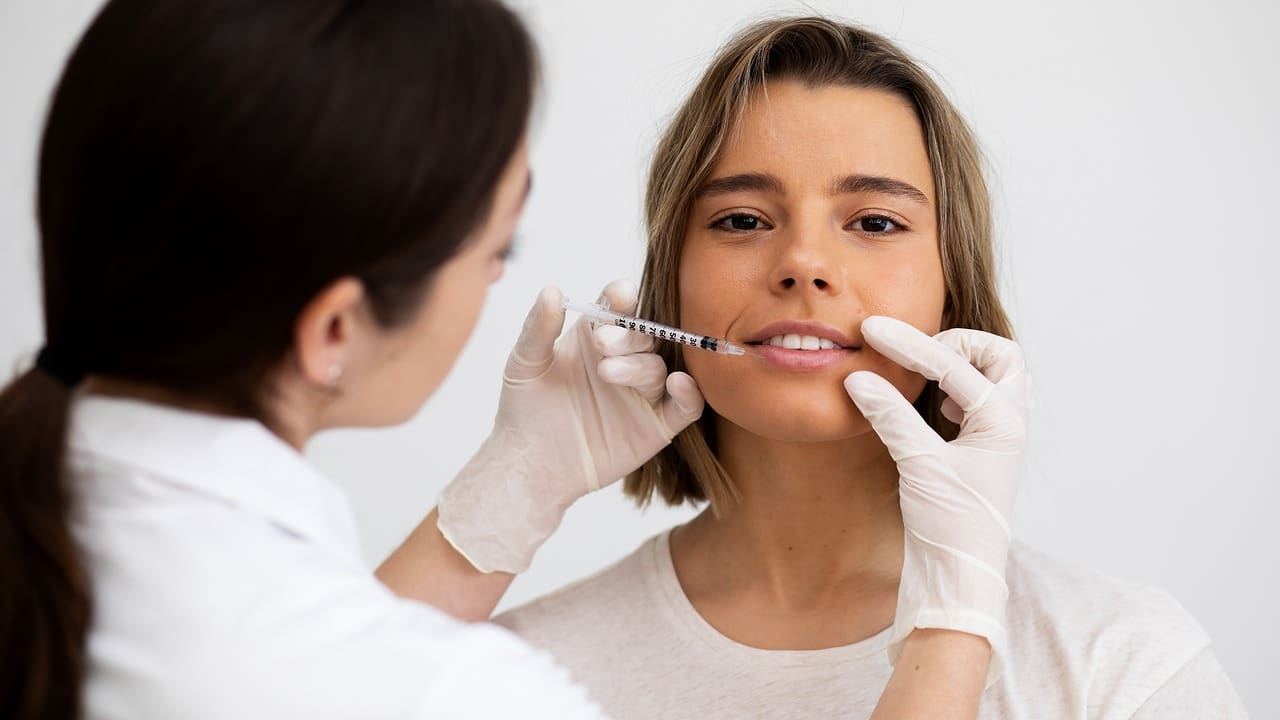
Breast procedures are tailored to fit your body. Augmentation adds or restores volume using implants or fat transfer. A lift moves the nipple higher and reshapes the breast for a perkier appearance. Reduction can relieve discomfort from weight and improve your body’s proportions, which may help your posture and how your clothes fit.
When planning, we look at your tissue quality, skin elasticity, chest width, and the shape you want. We also design incisions to reshape the breast while keeping scars as hidden as possible, such as around the areola.
During recovery, you’ll use support garments, care for your incisions, and gradually increase your activity. It’s normal to have slight differences between breasts, and gentle reshaping often looks better as you age. Scars usually fade and become softer with sun protection and proper care. As swelling goes down and your shape settles, many people find they feel more comfortable being active and enjoy more clothing options.
Eye Rejuvenation in Plastic, Reconstructive and Aesthetic Surgery: Blepharoplasty Explained
The eye area shows your energy and mood. Blepharoplasty improves this area by treating upper lid heaviness or lower lid puffiness and shadows. For the upper lids, removing excess skin opens the eyes without altering their natural look.
For lower lids, careful fat repositioning smooths the area between the lid and cheek while keeping lid support. If brows have dropped, a gentle brow lift may help, and canthopexy can support the lid when needed.
Non surgical options like neuromodulators for crow’s feet and resurfacing for fine lines can help you look more rested and bright.
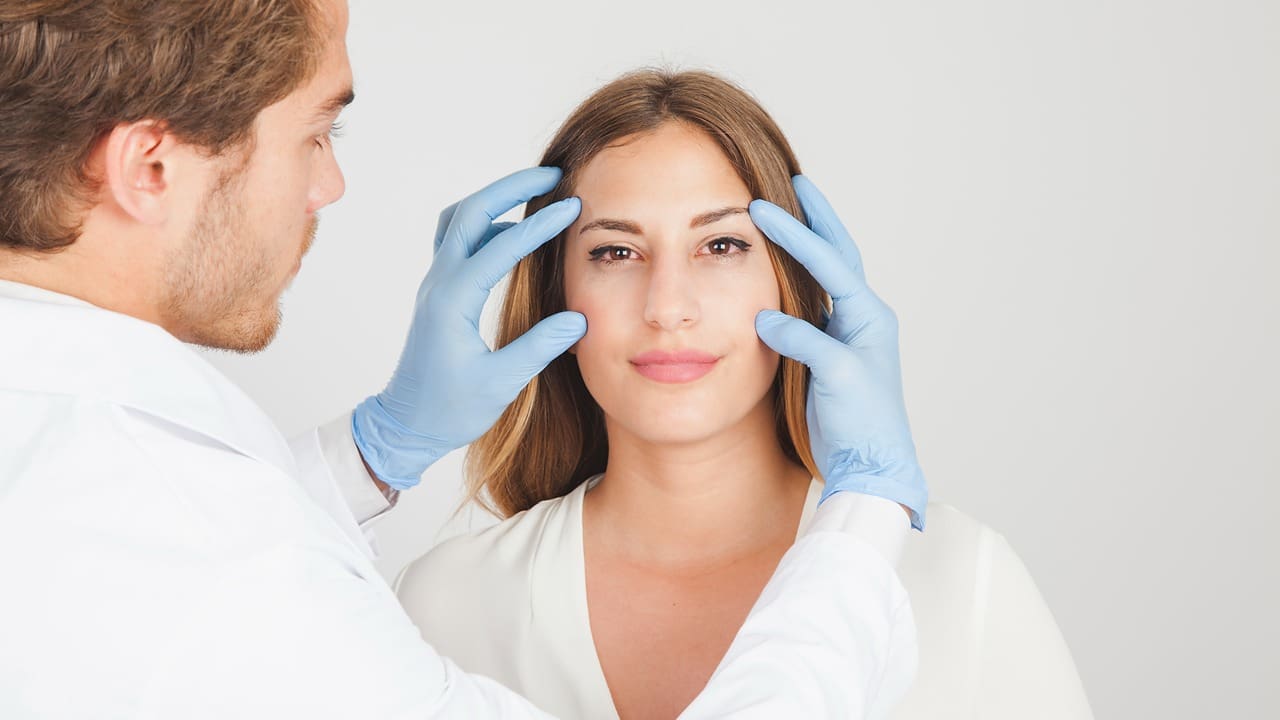
Recovery, it is important to keep the eyes lubricated, protect them from the sun and wind, and sleep with your head raised at first. Bruising and swelling usually get better over several days to weeks. The goal is for you to look refreshed and natural, both in person and in photos.
Non Surgical Aesthetics with Plastic, Reconstructive and Aesthetic Surgery: Maintenance and Fine Tuning
Non surgical treatments work well with surgery. Neuromodulators smooth lines, fillers add balance to areas like the cheeks or around the mouth, collagen stimulators gradually firm the skin, and resurfacing improves texture and tone.
These options help your results last by keeping your skin looking as good as the structure beneath. A personalized maintenance plan spaces out treatments, so you avoid ups and downs and keep a natural look all year.
While non surgical treatments cannot replace the changes surgery can make, they can help your results last longer and may delay the need for more surgery. Many people appreciate that these treatments have little downtime and can be adjusted to fit your schedule, travel, or events.
Rhinoplasty: Balancing Form and Function
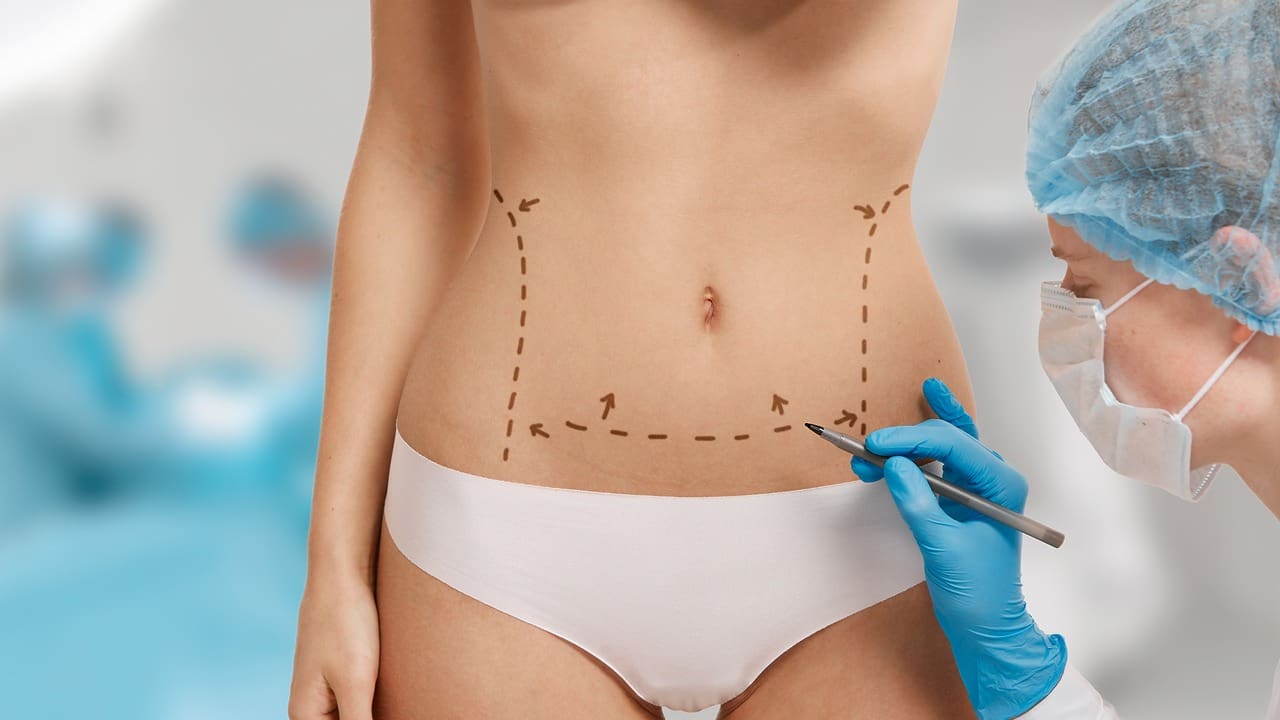
Rhinoplasty balances appearance and function. Planning looks at the bridge, tip, base of the nose, and the angles between the nose, lip, and forehead. Airflow is just as important, so internal support helps the nose stay open during breathing and exercise. Techniques depend on your skin and cartilage, but the goal is always a stable, natural looking nose that suits your face now and as you age. Swelling can last for months, and taking photos from the same angles helps you see the gradual changes.
Recovery in Plastic, Reconstructive, and Aesthetic Surgery: Swelling, Scars, Return to Activity
Recovery happens in a series of small, predictable steps:
- Early phase: rest, targeted elevation for facial procedures, compression for body contouring, and gentle walking to support circulation. Follow incision care precisely; it’s a major driver of scar quality.
- Intermediate phase: light daily activities resume, swelling and bruising taper, and energy returns. Guided stretching and careful posture support comfort, especially after abdominal or breast procedures.
- Long term phase: scars mature over months, typically softening and lightening. Sun protection and topical care matter here. Exercise intensity ramps up in stages, with the plan adjusted to how you feel and to your procedure.
Tracking your progress over weeks and months, instead of days, helps keep your expectations realistic. Small improvements add up, like better clothing fit, a sharper jawline in normal lighting, or eyes that look rested without makeup.
Abdominoplasty and Core Confidence
A tummy tuck does more than flatten your stomach. By tightening loose skin and repairing separated muscles, it can improve your core strength and posture, which you may notice in daily life. Sometimes, it is combined with targeted liposuction to shape the waist.
The plan covers where the incision will be (usually within the bikini line), whether drains are needed, and what garments to wear. Walking early, staying hydrated, and moving carefully help you recover. Over the next few months, swelling goes down and the scar usually becomes less noticeable with good care.
Scar Care and Long Term Maintenance

Scars show where access was needed, but careful placement hides them in natural lines. Early care means gentle cleaning and protection. Later, using silicone treatments, following massage advice, and avoiding sun help scars become softer and flatter. Keeping your results long term depends on stable weight, good nutrition, quality sleep, and occasional non surgical treatments. Taking care of your skin with sun protection and medical grade products helps your results look good for a long time.
Liv Hospital Plastic, Aesthetic and Reconstructive Surgery Clinic
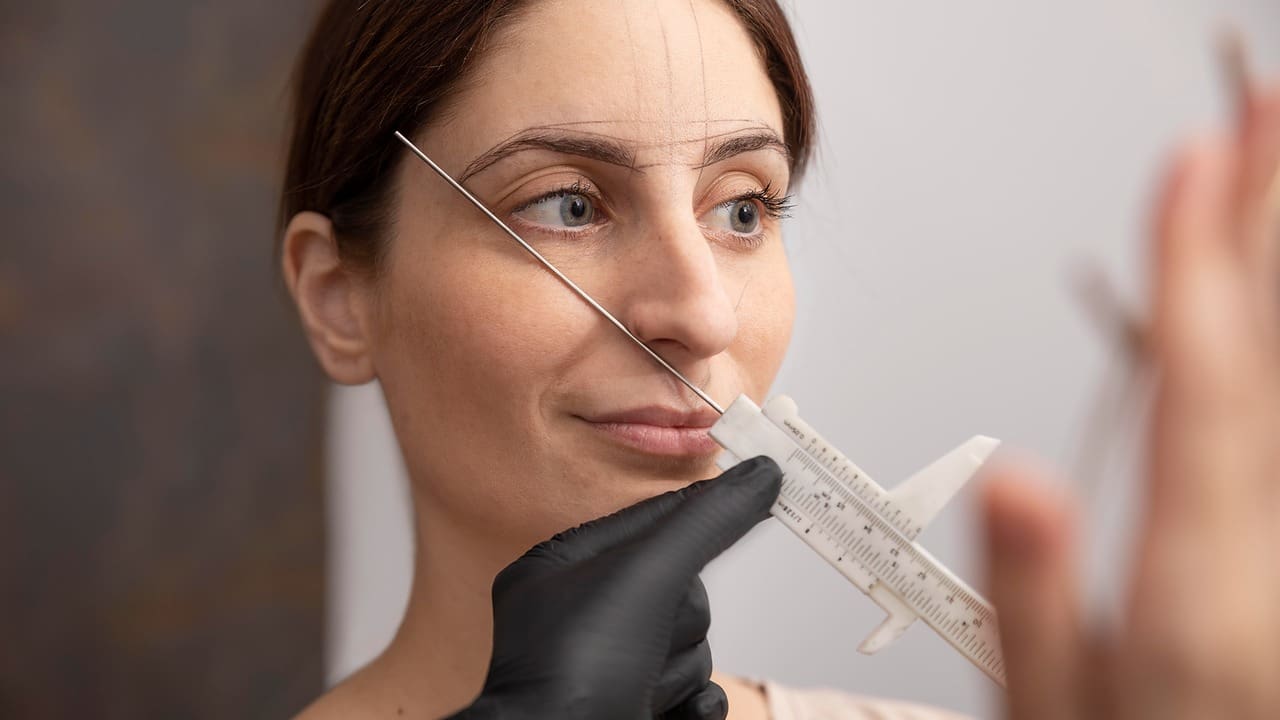
Specialists of Liv Hospital Plastic, Aesthetic and Reconstructive Surgery Clinic recommend interventions that are appropriate to the skin type and body shape that a person needs by making personalized planning for the ideal result in aesthetic interventions.
Patient Experience: From First Visit to Last Check In
Your experience should feel organized and supportive. After your consultation, you get a timeline that covers preparation, the procedure day, and the weeks after. On the day of surgery, a calm and skilled team guides you through each step. Early check ins confirm your progress and answer questions. As you return to work, exercise, and social life, your plan adjusts to how you feel. The goal is not just a great result, but a low stress experience that respects your privacy, time, and goals.
For more information about our academic and training initiatives, visit Liv Hospital Academy
Frequently Asked Questions for Plastic, Reconstructive and Aesthetic Surgery
How do I maintain results long term?
Protect your investment with stable weight, sun protection, quality sleep, skincare, and periodic non surgical maintenance. Scheduled check ins help you stay on track and adjust as your needs evolve.
When will I see the final result?
Early improvements appear in weeks, with continued refinement as swelling subsides. Final outcomes often become apparent over several months, and some procedures like rhinoplasty continue to clarify beyond that timeline.
What helps ensure a smooth recovery?
Clear instructions, head elevation or compression as indicated, early walking, hydration, good nutrition, and consistent follow ups. Having supplies ready dressings, ointments, and sun protection keeps daily care simple.
How do you balance aesthetics with function in rhinoplasty?
Planning evaluates cartilage support, skin thickness, and airflow. Techniques reinforce internal structures to maintain or improve breathing while refining shape for a nose that looks natural from every angle.
Can non surgical treatments replace surgery?
They complement but don’t replace structural changes. Neuromodulators, fillers, collagen stimulators, and resurfacing maintain skin quality and refine contour, while surgery addresses deeper structural concerns with a durable impact.
